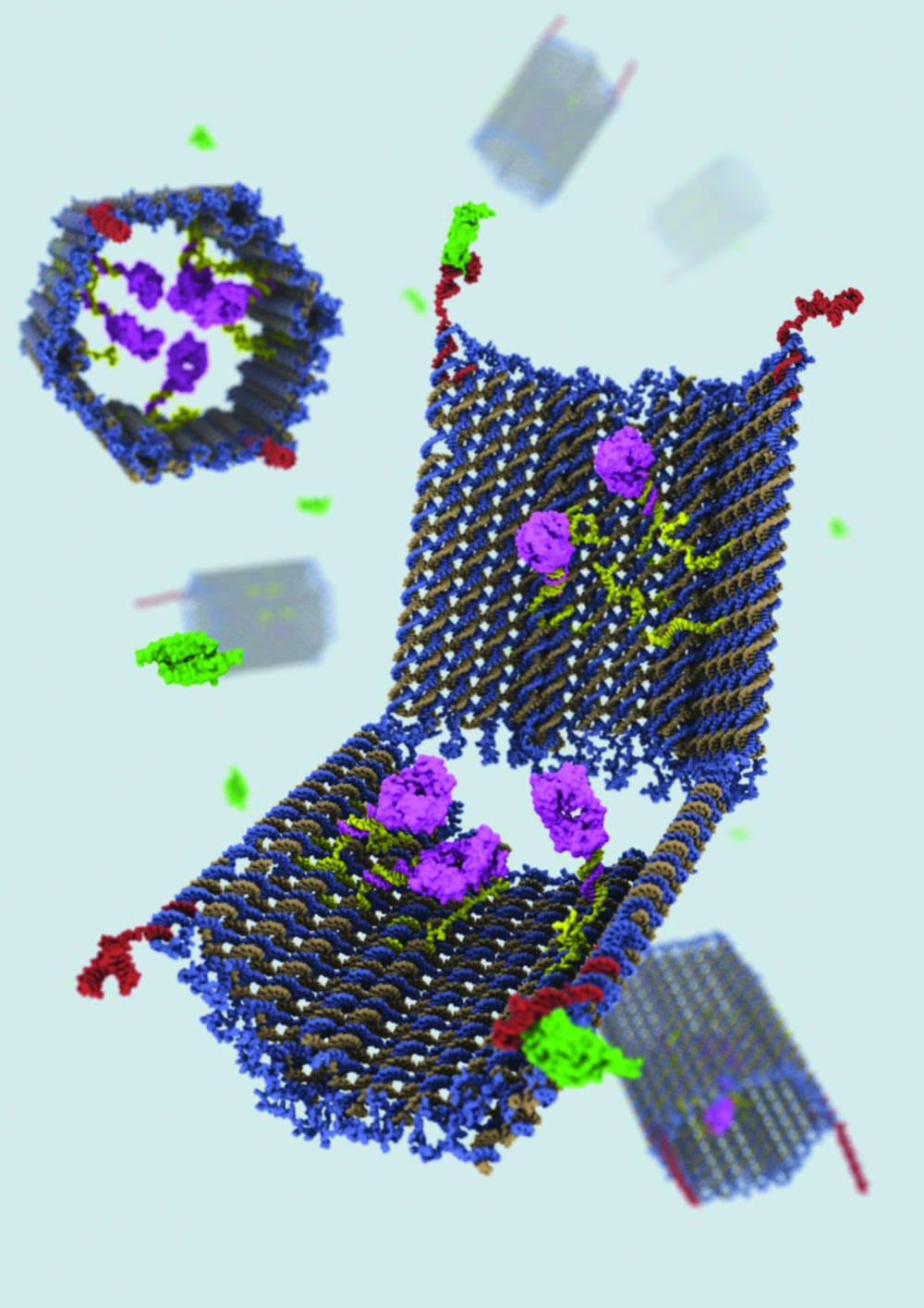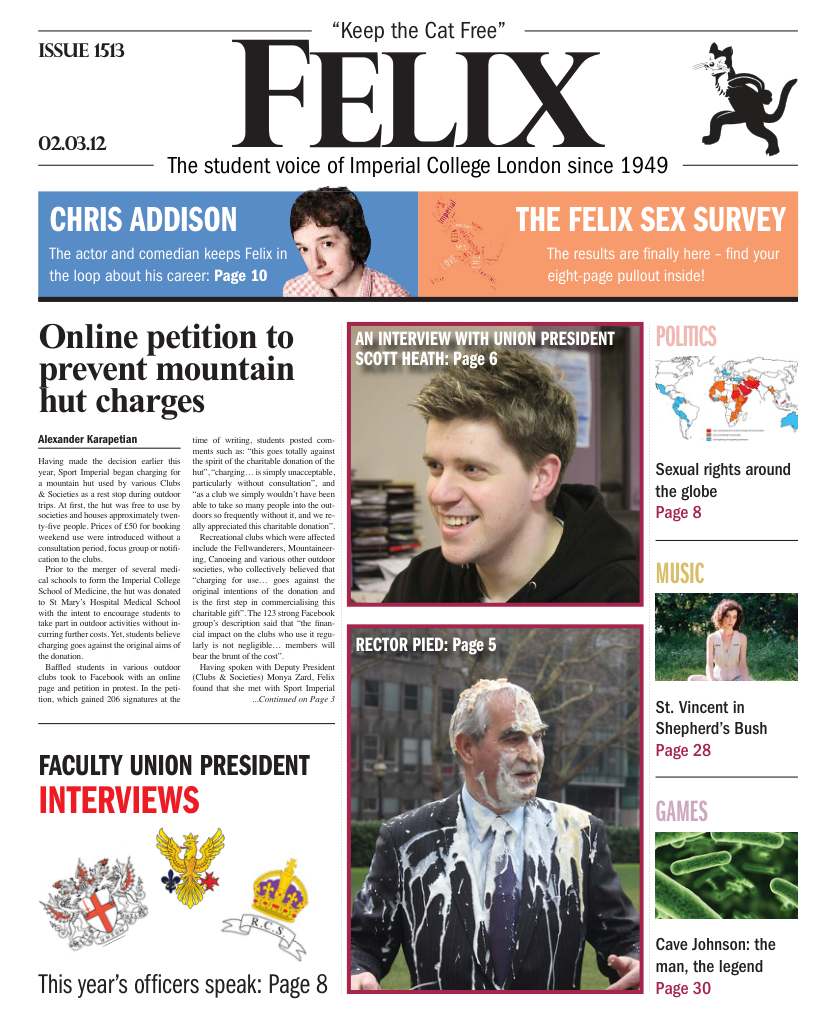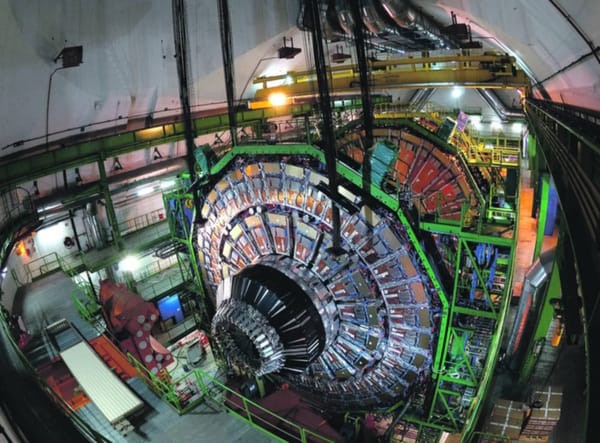The nanorobots are coming
DNA Origami techniques reveal advances in medical technology

The once distinct lines between fact and science fiction are getting increasingly blurred almost on a daily basis. This month, it’s biology taking the lead. The Wyss Institute, a department committed to Biologically Inspired Engineering at Harvard University, recently unveiled its first ever cellular robot. It could be little to no time before these miniature machines are flowing through your body as they look to be the big players in medicine for the future.
Scientists in the US are currently developing these DNA nanorobots. They are based on the concept of ‘DNA Origami,’ initially put forward by Paul Rothemund from Caltech in 2006. By manipulating DNA, the usual, regular double helix structure is split down the middle, and then, using the specific bonding of the base pairs, turned into complex 2D or 3D forms by twisting DNA over itself in various ways.
At the Wyss institute, they have managed to build complex structures using the split DNA strands, producing the microscopic models that can self-assemble quickly and be modified to execute specific tasks. In only six short years, DNA manipulation has gone from simple 2D structures to structures that could tour your bloodstream, seek out target cells, and even deliver them a lethal blow to kill them completely.
The nanorobot itself has a basic barrel structure that splits laterally and is hinged by double stranded DNA motifs, which can recognize cell surface receptors – cellular nametags that indicate the type of cell. The molecule it can deliver is attached inside the barrel and once the double stranded motifs recognize the receptors they bind to them, causing them to change shape, forcing the barrel to open and releasing the molecule. The binding of the receptor to the nanorobot directly ensures specificity so they only deliver to the cell they are designed to target.
DNA nanorobots have displayed significant successes, recognising leukaemia cells out of a mixed cell sample, for example, showing the potential for them to be used to treat cancer in the future. Furthermore, they could do this without the damaging side effects of chemotherapy and without killing healthy cells, as the nanorobots cannot recognise healthy cells if designed correctly.
So what lies ahead for these petite pioneers of our blood vessels? At the minute, they are still being tested in vitro, and whether or not they work in living tissue is yet to be seen. One issue is that the body’s own defence mechanisms could eradicate the tiny machines before they even get to their target tissue; the liver has been found to clear them and they are susceptible to degradation by enzymes called nucleases, that destroy unwanted DNA strands as part of the cellular housekeeping process.
However, if these issues are overcome, they could provide a level of target specificity and drug delivery efficiency that could never be achieved using conventional drugs, along with being the potential first steps to better cancer treatments. These tiny creations could be the basis of a new generation of therapeutic treatments, and could revolutionise how we use drugs in the future. It could only be a matter of time before your blood becomes one complex highway for these tiny tearaways.








